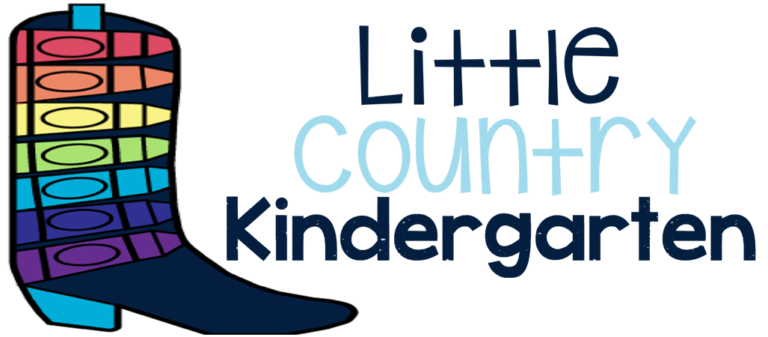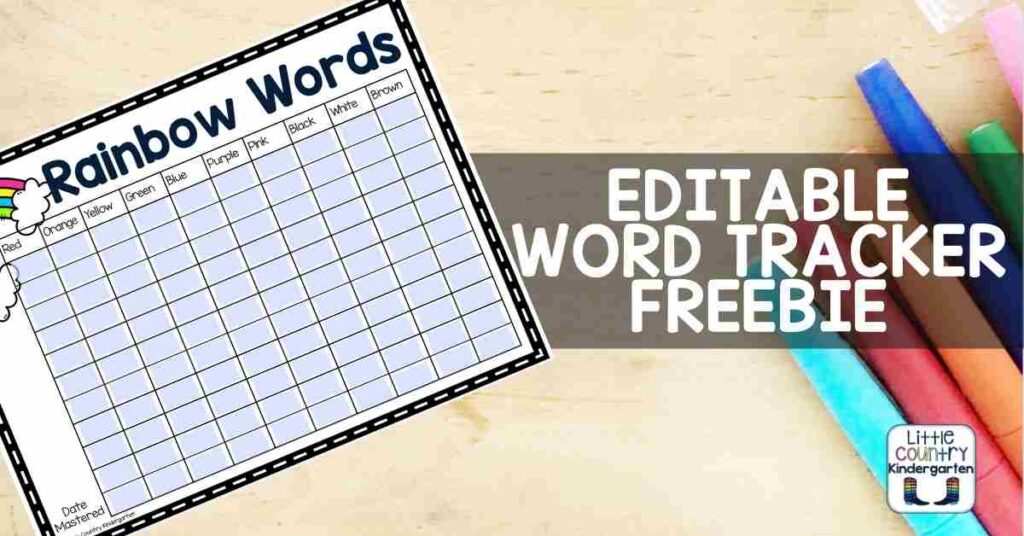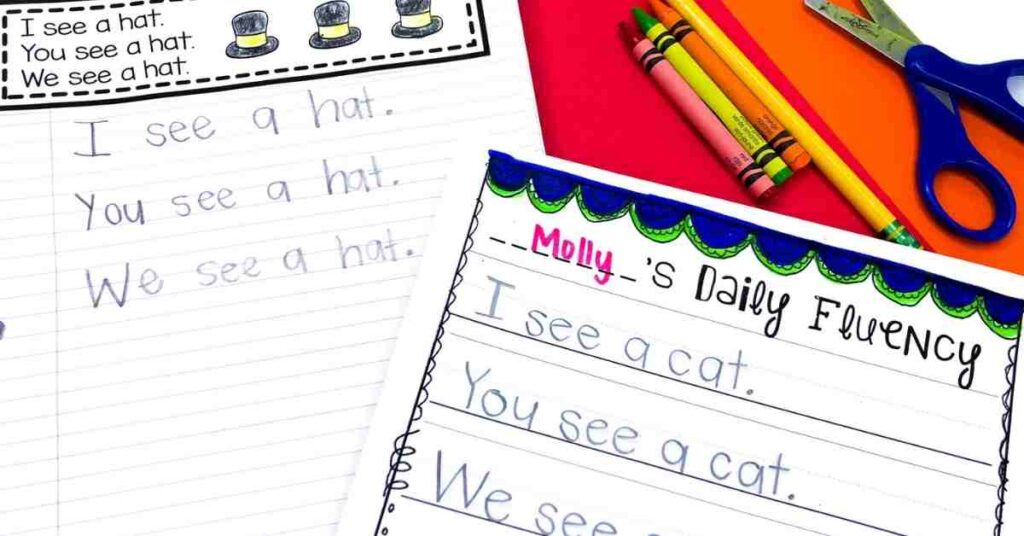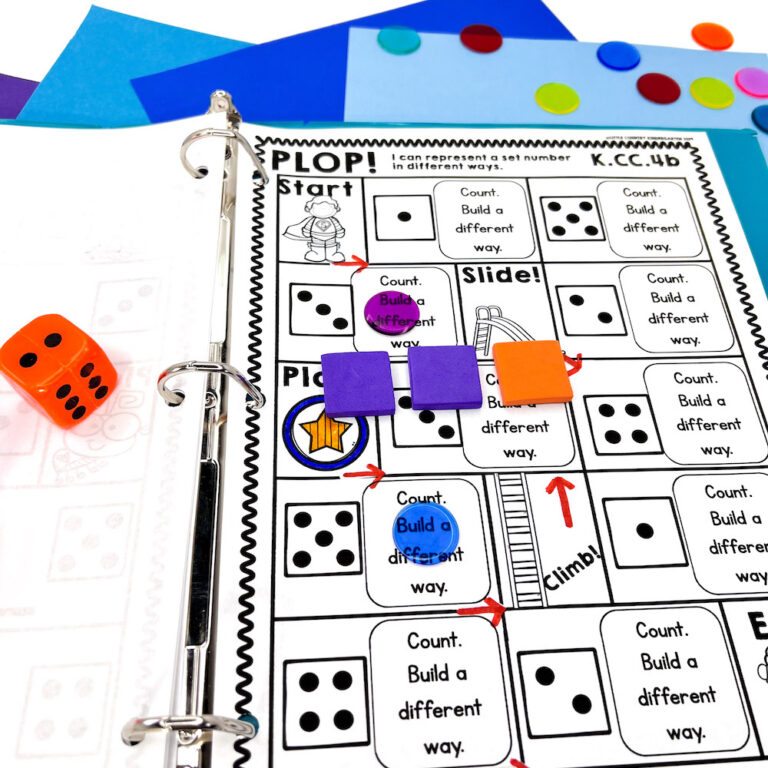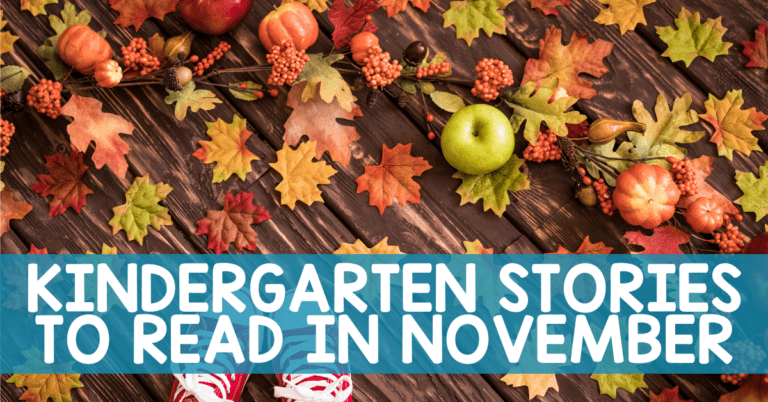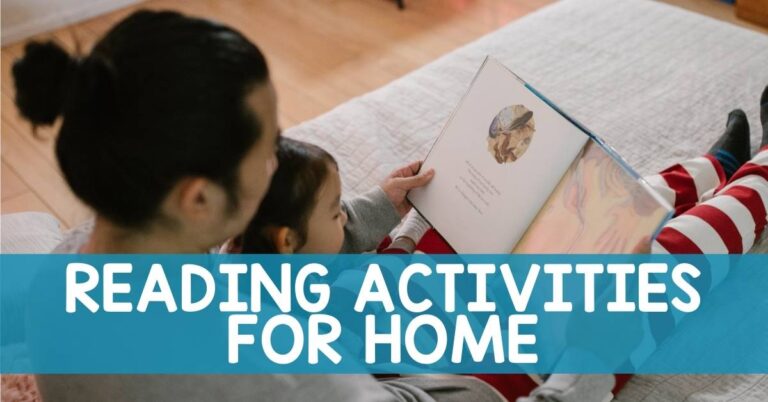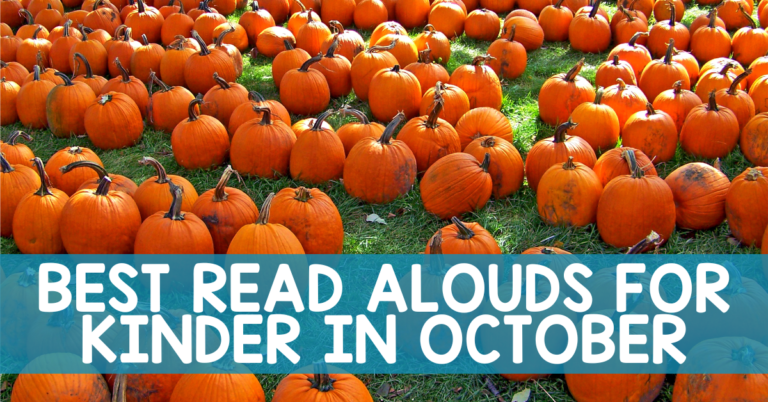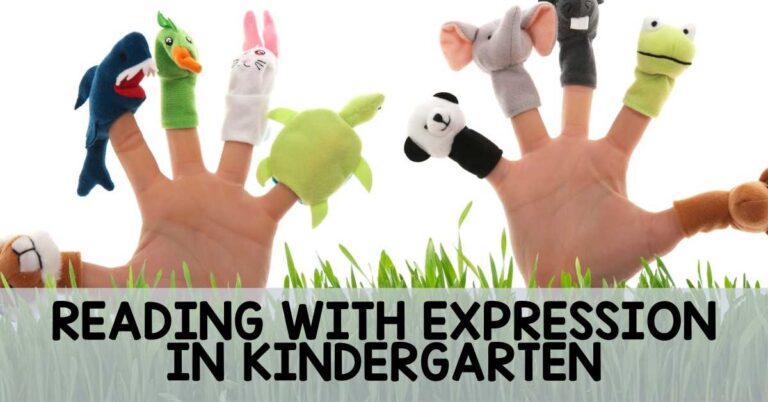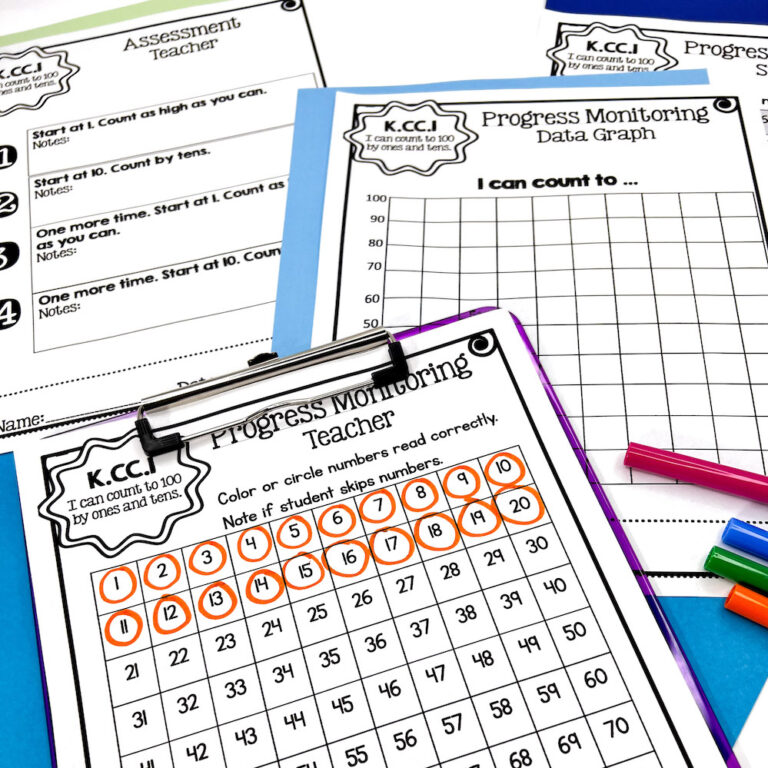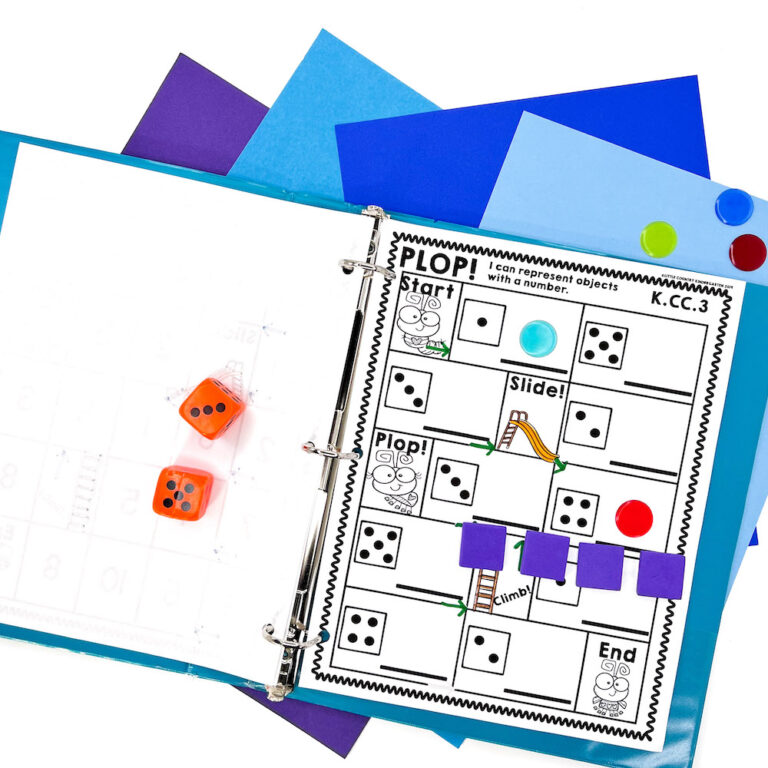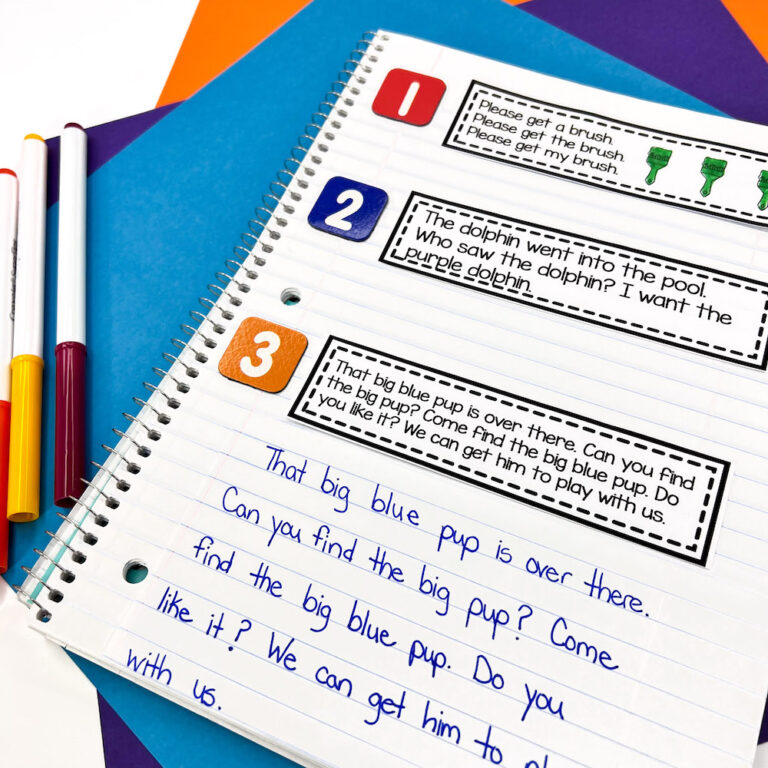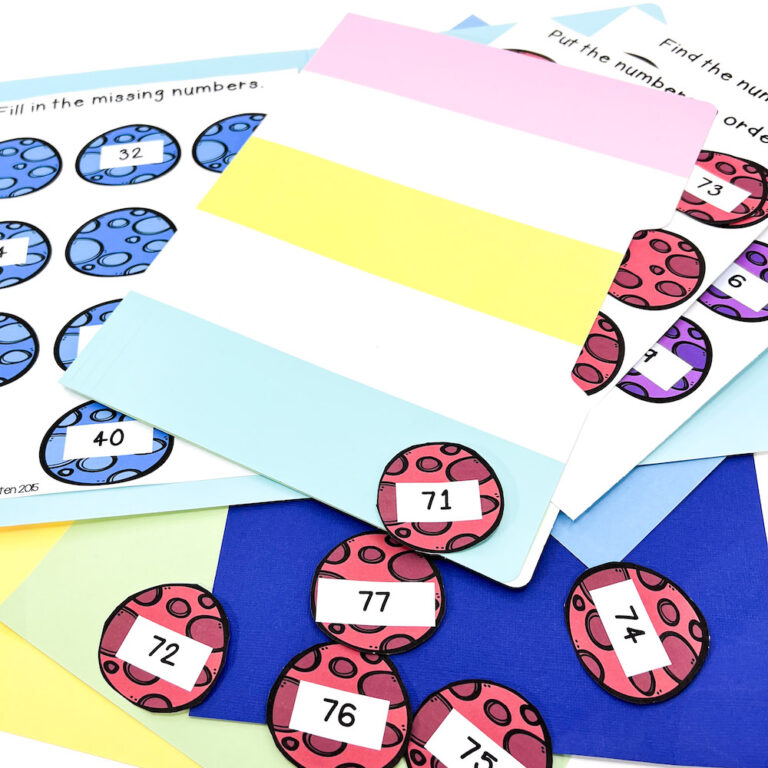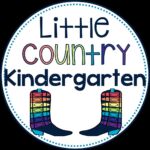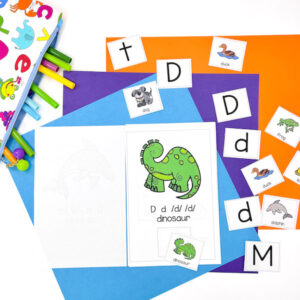Do you want to differentiate your word study instruction? Does differentiating sight words seem like a gigantic task and you’ve already got a thousand things to do? Don’t worry! I have a few activities for sight words in kindergarten that you can easily work into your daily routine!
Why Incorporate Activities for Sight Words in Kindergarten?
Phonics instruction allows students to sound out most of the words in the English language, and this includes sight words! Some words are exceptions to rules such as the word “said”. However, students can still use sounds to decode and then learn the “tricky” parts of these words to read it! Focusing on sounds allows students to learn words better than just memorizing the letters. They will confidently learn to read when they have rules to help them tackle unfamiliar words!
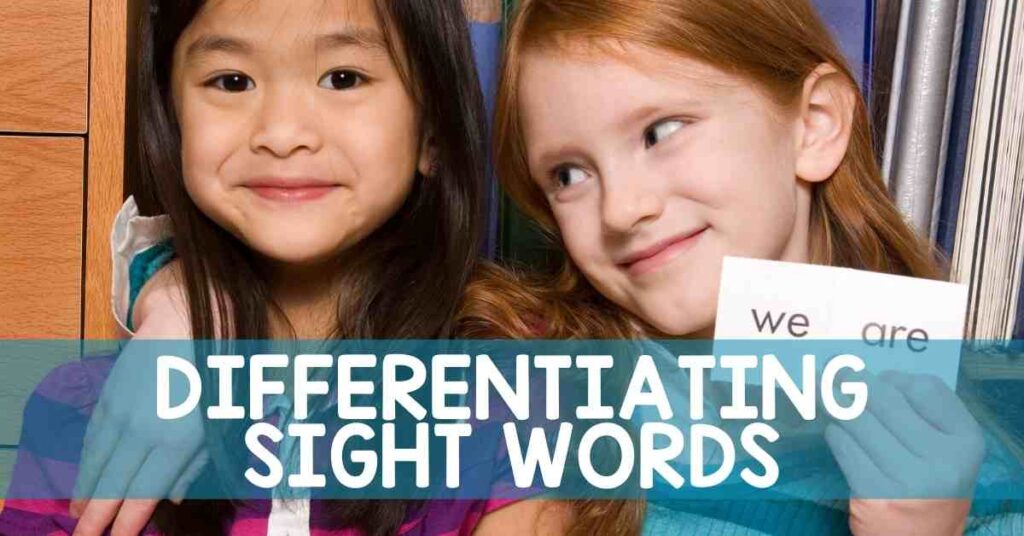
Why Differentiate Sight Words?
It is so important for all the students in your classroom to have access to grade level standards! All learners need to participate in direct instruction with new phonics patterns and sight words. However, you always have students that take longer to learn and those that are flying ahead. Differentiating sight words allows students to practice new concepts during direct instruction and work on their own pathway too. I think this is so important because while we want all our students to access the general curriculum, we also want to give extra support to those who need it and have time to extend or enrich those that are catching on quickly.
How to Differentiate with Activities for Sight Words in Kindergarten
I have a list of 100 sight words that I teach my kindergarten students each year. They are broken into 10 groups of 10 based on phonics patterns we are learning. The entire list stays in their daily communication folder to support school home connections. These probably look different than your traditional word lists since I changed the order of how I teach sight words when we learned about the Science of Reading!
My words are organized by taught phonics patterns such as several -at words on the first list we learn. This way students get to practice words that fit into our phonics lesson instead of seemingly random words the way our sight word lists used to be set up. Now when students encounter “rule breaker” words we only have to explicitly teach the rule breaker part. After that they can then read the entire word!
Daily Assessment
During arrival two or three mornings a week I call students over to read the list they are working on. I circle any words they are able to read and then they return to their morning work. This is quick and easy for me to do since I do it multiple times a week. I find it really motivates my students to practice reading when I assess more than once a week because if they have difficulty with a certain word the first weekday I can help them with it and they can specifically practice it.
Also, it continues to give me chances one on one to work with students on their words and celebrate them when they are doing amazing instead of only doing this one chance a week. I love to focus on student success and my class does lots of rollercoaster, fireworks, and other cheers for each other when we are learning new things.
Weekly Word Activities for Sight Words in Kindergarten
I teach sight words whole group so all students are constantly having access and learning new words. I teach them with direct instruction through spelling, decoding, phonics patterns, reading them in isolation, and reading in context. A quick introduction to a new word might go like this. I’ll write the word on the white board and ask if anyone can read it. I’ll pronounce the word and have them read it back. Then we’ll spell it out loud together while I point to each letter.
Then we will look for any phonics chunks or decode it together if it’s decodable. If there is a special part of the word that makes it a “rule breaker” I’ll point that out. This is where some people draw a heart over this part if they are referring to these words as heart words that you “just have to know by heart.” I’ll repeat the word again and we’ll read it all together a final time. Then we will use it in sentences orally and I’ll continue to reference it throughout the day as much as possible and then keep it in our routine for reviewing.
After introducing the new weekly word (you may do one a day or all five on Monday etc., whatever works for you!) they get added to our weekly word activity station. Some of my students’ favorite activities there include play dough mats, sand trays, or digging in sensory bins for their new words. I try to incorporate a multisensory approach as much as possible! Everyone has access to practice with these weekly words, and then they also practice their own words.
Differentiated Words
During independent work times students work on their differentiated words. This means that while they still practice weekly words learned whole group, they are also independently practicing their own personal words.
Students keep personal word lists in their book bins so when it is independent work time they have their words ready to go. Having a routine for everything and being organized saves so much transition time! I have each list of 10 words printed on colored paper and keep these strips on a bulletin board. As students master lists they simply return their mastered list and exchange it for the next color. Every classroom runs differently, but this works for us!
Differentiated Activities for Sight Words in Kindergarten
Some activities my students use to work on their personal words include writing sentences in their journals, Roll Say Keep, and BOOM cards. Students can bring their word lists to writing station and use them to create word maps, in their stories, to finish sentence starter writing prompts, or even just to illustrate something that has to do with the word.
Roll Say Keep is a favorite game that my students love to play. This is a great activity for a volunteer, older grade reading buddy, or even if you have an assistant. Place one flashcard face down in each spot on the game board. Students roll a dice and then flip over the card that’s on the corresponding space. If they say the word right they get to keep it! If they say it wrong it goes back in the spot until someone rolls it again. I like to have my students get extra reading practice by letting everyone say the word together after the individual has had their chance to play.
BOOM cards are self-checking task cards that my students can play on their tablets. I love that I can see how much time students are taking to complete a deck, their highest score, and their average score. I also love how some decks allow me to assign a list of words and others focus on individual words. As a teacher, the ability to differentiate and get easy data make BOOM cards one of my favorite activities for sight words in kindergarten. My students love them because they get immediate reinforcement for getting answers correct and they are engaging! Some reveal mystery pictures and others have fun activities like frogs hopping across a pond.
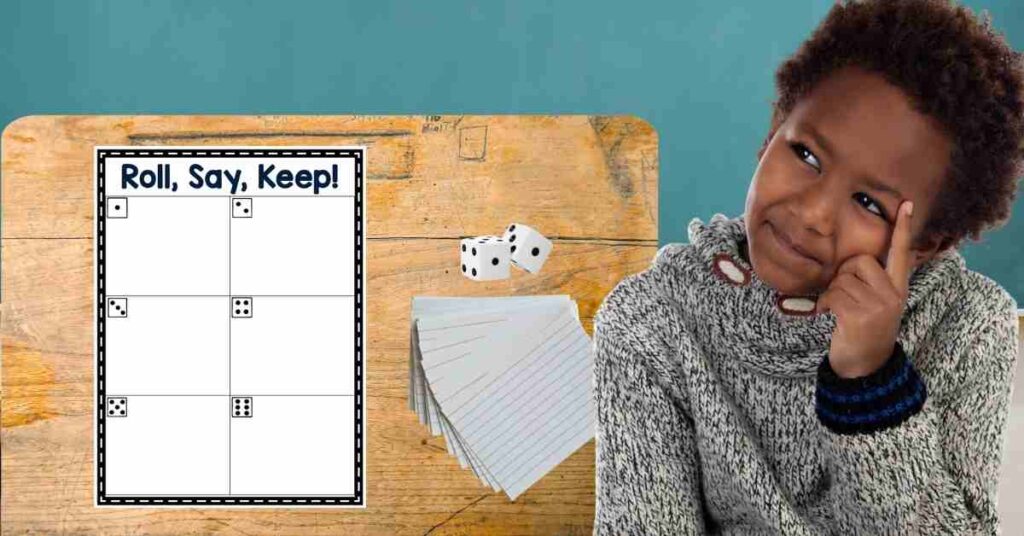
Family Connections
Family connections are very important in my classroom. I want families to know we are working as a team to help their children succeed. Sight word assessments stay in their daily home folders and I include a growth tracker on the back. I chart on Mondays the total number of words students have learned and how many they learned over the past week. This makes it easy to see if we need to intervene because parents can easily see the total number of words as well as notice if their child’s growth starts to stall.
I stress that each child learns at their own rate and we just want to make sure they keep growing! Color coding makes it easy for me to see if students haven’t learned any words recently. I color code when I circle mastered words according to the month I’m in (ex. pink for February and green for March).
Home Centers
I also send home centers for students to use to practice at home. Sending home roll, say, keep boards makes it easy for parents to practice words with their children in a simple way. The game board and a dice can be used with any word cards throughout the year. Students always tell me that they loved playing with an older sibling or sometimes even their neighbors!
I send daily fluency every week as well which include sight words and cvc words or more advanced phonics pattern as students progress. These get more challenging from simple sentences to entire paragraphs as the year goes by and student reading abilities improve. I love that a week of fluency is only one page to print and focuses on sight words in decodable texts! Sending home activities for sight words in kindergarten allows families access to what their students are learning and the opportunity to practice with them.
Data Notebooks
We have data days every Friday. During teacher table in reading centers I have students bring me their data binder and we color individual goals and update them. We color using the color of the month (ex. Green for March) which corresponds with the same colors I use when marking their sight words in their daily folders. This makes it easy to look back over the year and see when we mastered different concepts. Parents love this visual for conferences and it also is helpful at intervention or IEP meetings. My students love coloring and watching their data grow!
Rewards
I try my best to foster a positive classroom community where students feel safe to take risks and celebrate each other’s accomplishments. Every time a child finishes a list they pick a cheer that the entire class does for them. Then they sign the goal sheet on our data wall. Finally, they get a certificate for their data binder and a crown to wear. Coloring a crown is probably in the top three of my students’ favorite activities for sight words in kindergarten! We have to incorporate crowns as much as we can. We celebrate learning to read big in my classroom!

Differentiated Activities for Sight Words in Kindergarten
Although it looks different with the Science of Reading shift in my classroom, I still teach sight words. With a few minutes each day, and resources printed and ready to go, you can stop stressing and differentiate sight words in your kindergarten classroom!
Start Celebrating and Differentiating Sight Words Today by Using these Activities for Sight Words in Kindergarten!
Use this free editable rainbow word tracker to motivate your students to practice their words and master the rainbow. Students love cheering on their classmates as they master each list. Use with any word lists you already use!
